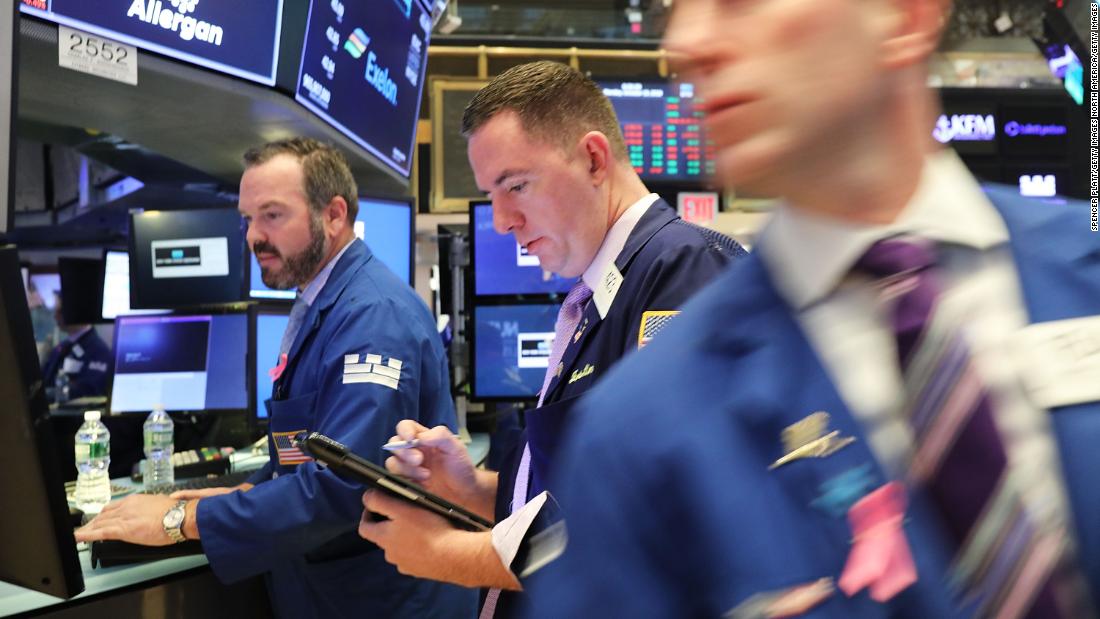- Uber is expected to file it's initial public offering (IPO) documents as soon as Thursday.
- The company will follow its biggest competitor Lyft to public markets, though Uber's could be ten times larger.
- Uber's IPO could be one of the largest in history. Here's a rundown of what Wall Street is expecting from the company's wide range of businesses and bets.
Uber could file for its initial public offering, or IPO, as soon as today, according to multiple reports.
The ride-hailing giant's offering could be one of the largest in years, and could raise the tech unicorn more than $10 billion to continue its global expansion, but there's one big cloud casting a shadow on everything: Lyft.
Uber's biggest competitor has about a 35% market share in the United States, and beat the company to public markets last month, netting a valuation of about $18 billion. However, in their first two trading weeks, shared of Lyft have fallen more than 20%, despite an oversubscribed IPO that initially traded well above its initial price.
Both companies are deeply unprofitable — and provide basically the same basic services — so the competition comes down to other factors: driver pay, market share, and other factors that can help get the companies to positive cash flow.
"The primary issue is around the underlying metrics that Uber will discuss around take rates, ride sharing data, driver ecosystem, and a myriad of other metrics relative to Lyft which may put the company in a more negative light," Daniel Ives, an analyst at Wedbush, said in a note to clients Thursday.
For many investors, Uber is likely a first-choice thanks not only to its global scale compared to Lyft's North American focus, including foo delivery, self-driving cars, flying taxis and more.
Uber for Everything
All of those other bets rely on the theory that Uber's platform that now provides taxi rides at the touch of a button (and public transit in one city), can be used for a multitude of other services.
Uber Eats, the company's food delivery service that's now active in more than 350 markets across dozens of countries. A company executive explained to Business Insider in March that the service showcases the "power of the Uber platform." The company already allows Uber for Business clients to order expensed meals, and is gearing up for groceries soon.
Read more:An Uber Eats executive reveals the company's surprising strategy for moving beyond taxi rides
Then there's the company's Advanced Technology Group, or ATG, which is working to develop self-driving cars at its offices in Pittsburgh, Toronto, and San Francisco. A high-profile crash in Arizona that killed a pedestrian in March 2018 brought massive amounts of scrutiny to the program and caused Uber to temporarily remove its autonomous vehicles from roads where they were operating.
The company is back to testing, Uber's chief self-driving scientist said on Tuesday, and the company is still investing massive amounts of capital into the software and hardware for its eventual autonomous fleet. After all, self-driving cars are seen by many as the company's only way to profitability given that paying drivers is one of Uber's biggest expenses.
Other bets don't stop at autonomous taxis, either. Uber's new mobility unit is working to advance its bike and scooter offerings, which began with the company's purchase of Jump Bikes last year. Most recently, its scooters launched in Washington D.C. and London among others. The group, overseen by Rachel Holt in D.C., has also launched a public transit integration in Denver, where Uber customers can see options for trains and buses, in addition to car rides. The service is powered by the Israeli tech startup Moovit, and also allows users to purchase train tickets directly in the Uber app.
In the skies, Uber Elevate is working on flying taxis. The group is now overseen by Eric Allison, who previously oversaw the flying car company created by Larry Page called Zee.Aero. Allison took over from former chief product officer Jeff Holden in 2018, shortly after the company's annual elevate conference in Los Angeles. This year's elevate conference is set for June in Washington D.C.
For now, it's all about rides
But until those moonshot services are making money, investors will likely be focused on the company's main ride-hailing business.
One of Uber and Lyft's biggest expenses remains how much they pay drivers. Both companies have fought hard to maintain drivers' status as independent contractors, meaning the company does not have to provide the same benefits it would to a full-time employee.
Under the leadership of founder and former CEO Travis Kalanick, Uber's scandals resulted in a huge bump for Lyft. For more than a year, Lyft worked to project itself as the more driver-friendly alternative, and even disclosed in its IPO filings that it got a big boost from Uber's missteps.
Now, under the leadership of Dara Khosrowshahi, who has led the company since 2017, Uber has taken a different approach. The former Expedia executive summed up the change in one simple sentence: "We do the right thing. Period."
More Uber coverage:
Let's block ads! (Why?)
https://www.thisisinsider.com/uber-ipo-what-to-expect-files-to-go-public-2019-4
2019-04-11 15:19:36Z
52780264816147




